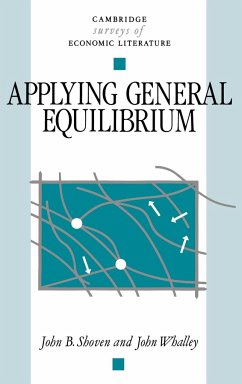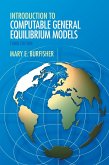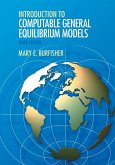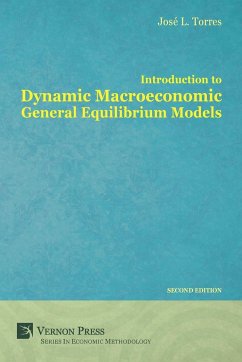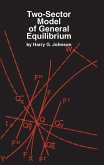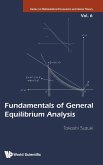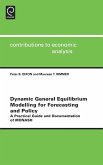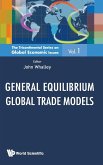The aim of this book is to make more widely available a body of recent research activity that has become known as applied general equilibrium analysis. The central idea underlying this work is to convert the Walrasian general equilibrium structure (formalized in the 1950s by Kenneth Arrow, Gerard Debreu and others) from an abstract representation of an economy into realistic models of actual economies. Numerical, empirically based general equilibrium models can then be used to evaluate concrete policy options by specifying production and demand parameters and incorporating data reflective of real economies. Shoven and Whalley describe all aspects of developing applied general equilibrium models, including developing an appropriate equilibrium structure, calibrating the model, compiling counterfactual equilibria, and interpreting results. The authors contend that the Walrasian general equilibrium model provides an ideal framework for appraising the effects of policy changes on resource allocation, assessing who gains and who loses, and the policy impacts not well covered by empirical macro models. The applications in the book illustrate a number of ways in which fresh insights are provided in longstanding policy controversies.
Table of contents:
1. Introduction; Part I. Techniques: 2. General equilibrium theory; 3. Computing general equilibria; Part II. Applying the Techniques: 4. Designing and applied general equilibrium model; 5. Using applied general equilibrium models; 6. A harberger tax model application; 7. A general equilibrium model of United States tax policies; Part III. Policy Applications: 8. Global trade models; 9. Single country trade modelling; 10. Analysis of price controls and stabilization policies; 11. Conclusion.
The central idea underlying this work is to convert the Walrasian general equilibrium structure (formalized in the 1950s by Kenneth Arrow, Gerard Debreu and others) from an abstract representation of an economy into realistic models of actual economies.
Hinweis: Dieser Artikel kann nur an eine deutsche Lieferadresse ausgeliefert werden.
Table of contents:
1. Introduction; Part I. Techniques: 2. General equilibrium theory; 3. Computing general equilibria; Part II. Applying the Techniques: 4. Designing and applied general equilibrium model; 5. Using applied general equilibrium models; 6. A harberger tax model application; 7. A general equilibrium model of United States tax policies; Part III. Policy Applications: 8. Global trade models; 9. Single country trade modelling; 10. Analysis of price controls and stabilization policies; 11. Conclusion.
The central idea underlying this work is to convert the Walrasian general equilibrium structure (formalized in the 1950s by Kenneth Arrow, Gerard Debreu and others) from an abstract representation of an economy into realistic models of actual economies.
Hinweis: Dieser Artikel kann nur an eine deutsche Lieferadresse ausgeliefert werden.

